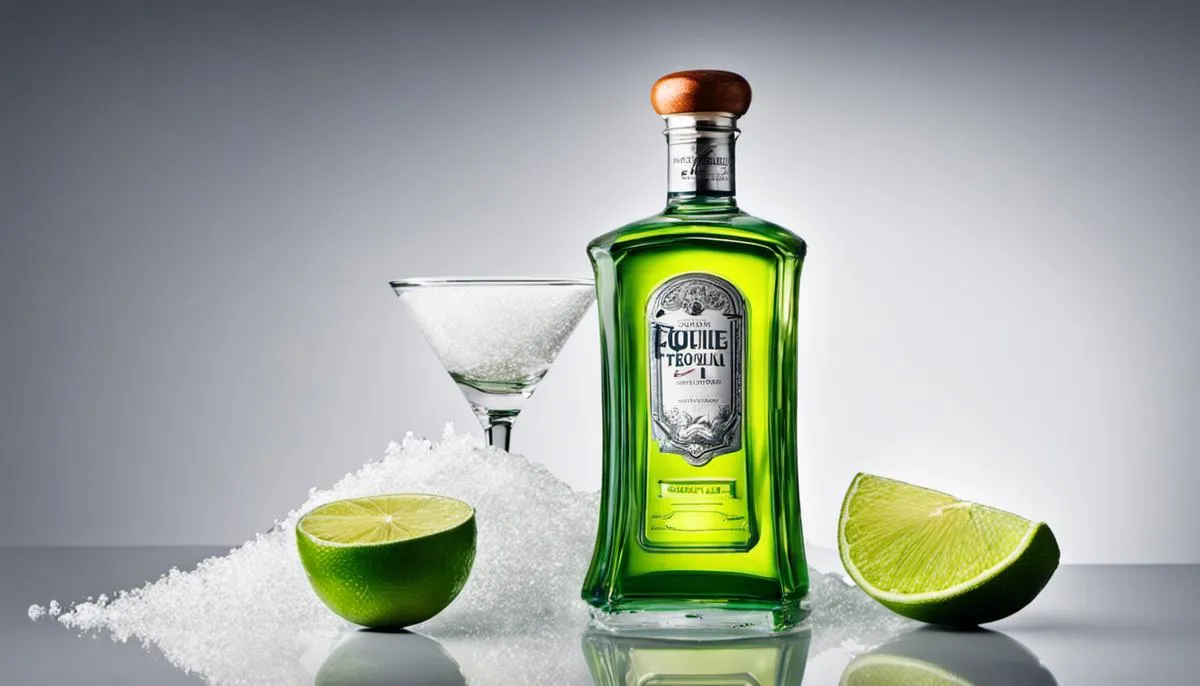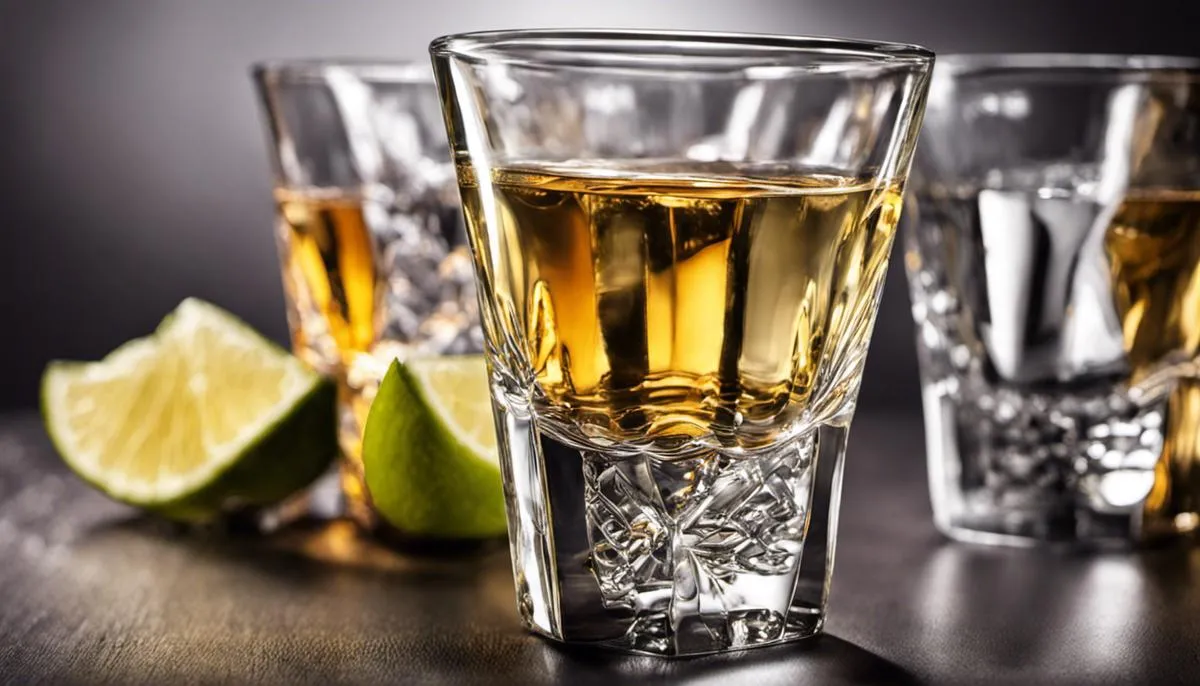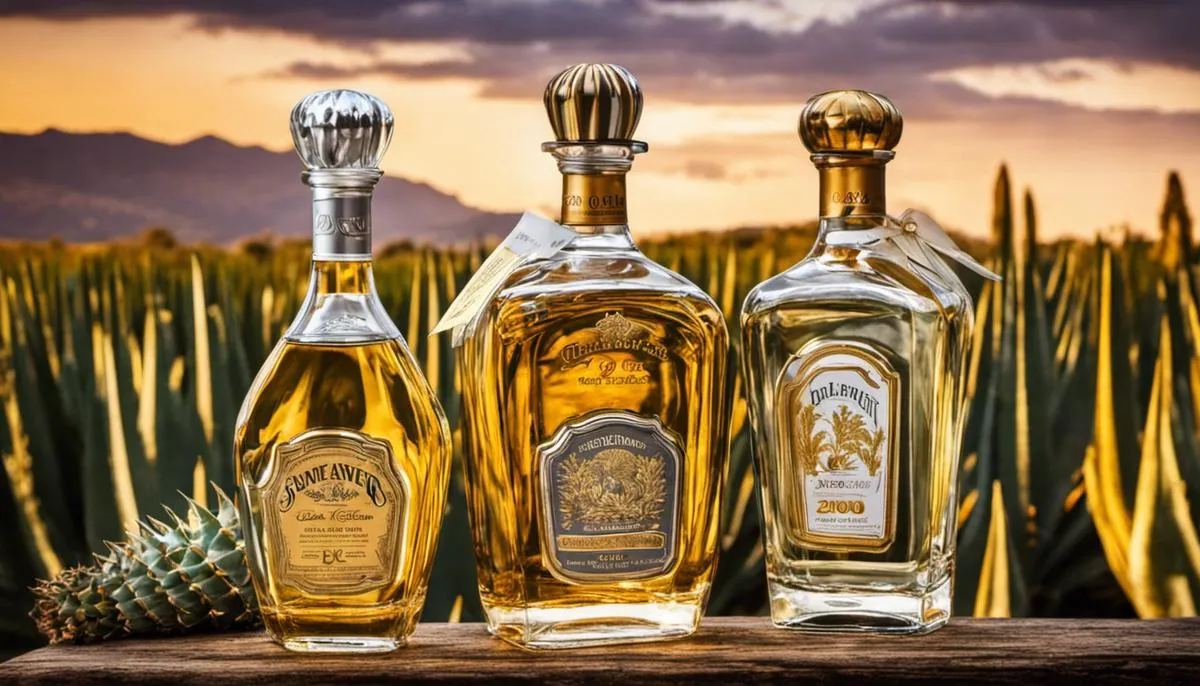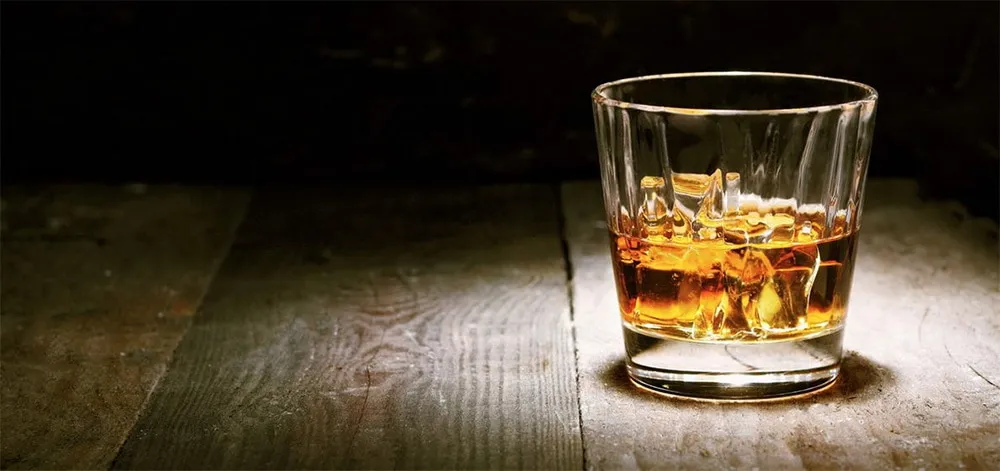We often find ourselves standing at a junction when it comes to choosing between two highly acclaimed agave-based spirits: silver and gold tequila. This intricate dance of decisions is marred by hearsay, personal preferences, and perhaps a lack of understanding about these two types of tequila. To confidently straddle this divide, we need to delve deeply into the genesis, definition, and production process of both silver and gold tequila, understanding their tasting profiles, identifying the differences, and comprehending the correlation between quality, price and taste. By unswirling the essence of these golden and clear liquors, we can undoubtedly enjoy them better and more appreciatively.
Understanding Silver and Gold Tequila
What is Silver Tequila?
Silver tequila, also known as blanco or white tequila, is a type of liquor that originates from Mexico. It is a clear, colorless spirit made from the Blue Agave plant, primarily in the areas surrounding the city of Tequila, situated in the western Mexican state of Jalisco. Unlike gold tequila, silver tequila is noted for its pure and robust agave flavors because it is typically not aged. After the distillation process, it is usually bottled and sold right away, but some producers might choose to rest the tequila in stainless steel tanks for up to 60 days before bottling.
Understanding Gold Tequila
Gold tequila, also termed as reposado or aged tequila, typically carries a rich, golden color, as the name suggests. The color is often a result of the aging process. After distillation, gold tequila is aged in oak barrels for a period ranging anywhere from two months to a year. This aging process imparts a smoother flavor profile and the characteristic golden hue. Some gold tequilas, however, get their color from caramel coloring additives rather than aging, especially the mixtos – a type of tequila made from a mix of agave and other sugars.
History of Silver and Gold Tequila
Tequila, in both its variants, has a rich history that can be tracked back to the ancient Aztecs, who fermented sap from the local agave plants in order to produce a sort of beer-like drink. However, the modern-day Tequila was first produced in the 16th century when the Spanish conquistadors ran out of their own brandy and started distilling agave. The town of Tequila was founded in 1666, though mass-production did not start until 1600.
Production Process of Silver and Gold Tequila
The process of making Silver and Gold Tequila begins with the blue agave plant. After it matures (which can take between 7-12 years), its leaves are stripped away to reveal the piña (the heart), which is then baked in an oven. This baking process converts the plant’s natural inulin into fructose, or fermentable sugar.
The cooked piñas are then crushed to release the juice, or aguamiel, which is allowed to ferment. The liquid from the fermentation process, similar to a beer’s wort, with about 5-7% alcohol, is then distilled twice in copper pots or column stills.
For a tequila to be called silver, it is typically bottled directly after distillation or after resting for less than two months in oak barrels. On the other hand, gold or reposado tequila is aged in wooden barrels (usually white oak) for any period between 2 months and a year. This interaction with the wood lends it different flavors and a distinct gold color.
Differences in the Production Process
While silver and gold tequilas share a similar creation process, the key variation originates from their distinct aging periods. Silver tequila, which offers a sharper and more intense flavor, reflects the essence of the blue agave plant, complemented with noticeable citrus undertones. This is due to its absence of barrel aging, allowing it to preserve a purer taste profile.
On the contrary, gold tequila, as it sits in oak barrels through the aging process, acquires additional flavors, offering a diverse range of taste profiles relative to its aging duration. This intervals spent aging soften the vibrant agave taste, inviting a hint of vanilla undertones, and bestowing the tequila a smoother, well-rounded flavor and a darker, richer color.
However, it’s crucial to understand that not every gold tequila benefits from aging; some lower-grade variants receive their golden hue from the addition of caramel or other coloring additives. Genuine gold, or reposado tequilas, consistently label the duration of their aging process.

Tasting Profiles and Differences
Exploring the Silver Tequila Taste Profile
Commonly known as blanco or white tequila, silver tequila typically remains unaged. This lack of aging enables it to deliver a pure, undiluted taste that brings out the natural flavors of the agave plant. When you take a sip, you will often be greeted with a brisk, vibrant taste infused with a gentle sweetness from the agave. Accentuating this are potential hints of pepper, citrus, and herbs. And thanks to its unrefined nature, silver tequila usually retains a clear appearance that mirrors its untouched, agave essence.
Gold Tequila Taste Profile
Gold tequila, also known as reposado (rested) or añejo (aged) tequila, has been aged in a barrel for a period of time. This aging process gives it a more complex flavor profile and darker color compared to silver tequila. The time in the barrel imparts a warm, smooth finish to the tequila and may also add flavors such as vanilla, oak, honey, or caramel. Gold tequila is thus typically smoother and easier to sip than silver tequila, with less bite. In addition, some gold tequilas are gold because they are mixtos, meaning they have been mixed with additives and coloring, although premium gold tequilas are typically 100% agave just like premium silver tequilas.
The Aging Process
The aging process significantly impacts the taste profiles of silver and gold tequila. Silver tequila is usually bottled immediately after distillation while gold tequila is aged anywhere from two months to three years in oak barrels. The barrels for aging can be new or used, charred or uncharred, which results in different taste experiences. This allows for rich and diverse flavors in gold tequila. The longer the tequila rests in the barrel, the more flavor and color it typically absorbs from the wood, often leading the tequila to become smoother and more complex in flavor over time.
Preference Matters in Tequila Selection
Individual tastes can greatly dictate one’s preference for either silver or gold tequila. For lovers of agave’s raw, punchy flavors, silver tequila is the top choice. Owing to its sharp, vibrant flavors, it serves as an excellent cocktail component, blending seamlessly with other ingredients while keeping its distinct agave profile. Conversely, gold tequila, characterized by its multifaceted flavors and a smoother finish, is a favorite among those who enjoy sipping their spirits. However, it must be highlighted that tastes are subjective and enormously vary; the sophisticated smoothness and layered taste of gold tequila may overwhelm those who favor the clean, crisp refreshment of silver tequila.

Quality and Price Differences
Understanding Different Aspects of Quality: Silver vs Gold Tequila
Silver tequila, also known as blanco or white, is typically distinct by its clarity and translucency. It’s typically bottle-ready right after distillation or aged only briefly, thus yielding a drink that captures the essence of the blue agave plant’s robust flavors. Because of this unadulterated presentation of agave, silver tequila is highly favored in shots or cocktails, where its uncomplicated, yet bold flavor leaves a lasting impression.
In contrast, gold tequila, colloquially referred to as joven or oro tequila, typically comes from a blend of silver and aged reposado tequila, if it is not a mixto. Its golden color stems from added caramel colorings, which additionally infuse a sweetness into the drink. This gives it a characteristic smoothness and simplicity, making it an ideal choice for favorite mixed drinks, such as margaritas or tequila sunrises.
Price Differences in Silver and Gold Tequila
Regarding the price, silver tequila usually leans towards the more expensive side in comparison to gold tequila. Its pricing is reflective of the careful crafting process, which emphasizes the pure, intense flavors of the blue agave. Silver tequila must contain no less than 51% blue agave, but the best ones are made from 100% agave and tend to command a higher price.
Gold tequila, on the other hand, usually has a lower price tag. This is attributed to its mixto status – being that it is often a mix of blue agave and other sugars. Although some premium gold tequilas exist which combine aged and unaged tequilas in varying degrees, their price generally falls short of the premium 100% agave silver tequilas.
Does Price Correlate to Taste or Quality?
As with any alcoholic beverage, the answer is subjective. A higher price often signals a higher quality, involved production process, but ultimately, personal preference plays a key role. Those who enjoy a smoother, slightly sweeter experience may opt for a gold tequila despite it often being less costly. Meanwhile, enthusiasts who enjoy the pure, fiery taste of blue agave might not mind paying a bit extra for a premium silver tequila. In conclusion, the quality and price of both silver and gold tequila largely depend on the method of manufacturing and the percentage of blue agave content. The ultimate choice will always rest on the individual’s personal preference and budget.

As we emerge on the other side of this exploration, we find ourselves no longer in the fog of confusion, but standing on a plateau of comprehension and knowledge about silver and gold tequilas. We’ve delved into the histories, tapped into the production methods, danced with their tastes, and balanced on the tightrope of quality and price. Each type of tequila, silver or gold, has its own allure and appeal. It’s not simply a matter of color or cost, but an intricate tapestry of factors like aging process, original agave flavor, and added components. The reward of this pursuit is a refined palate, a warm appreciation, and the wisdom to make a choice that suits your preference and budget in the grand scene of tequila.




